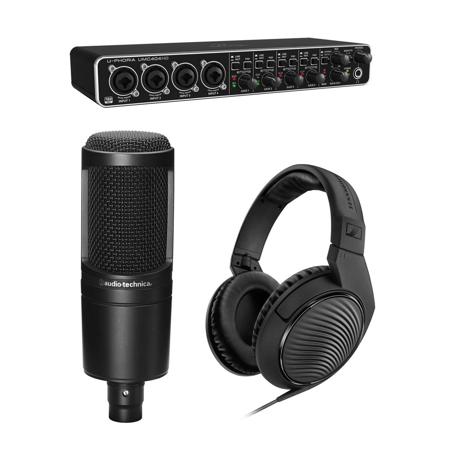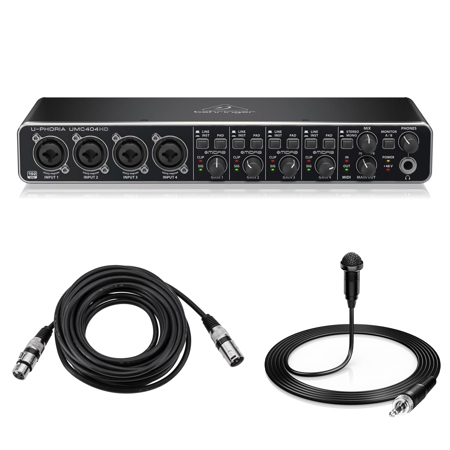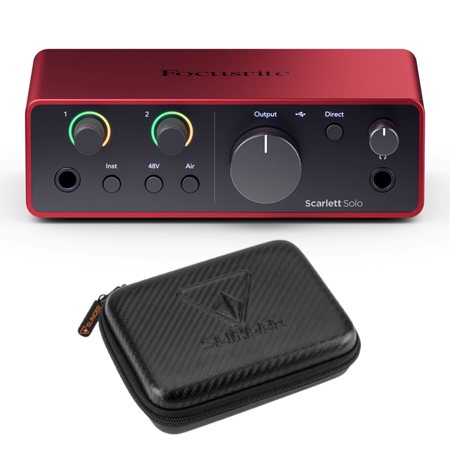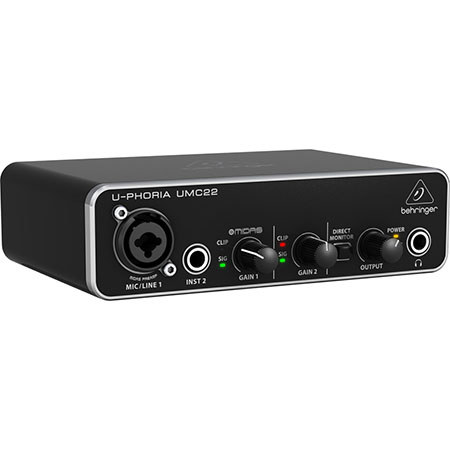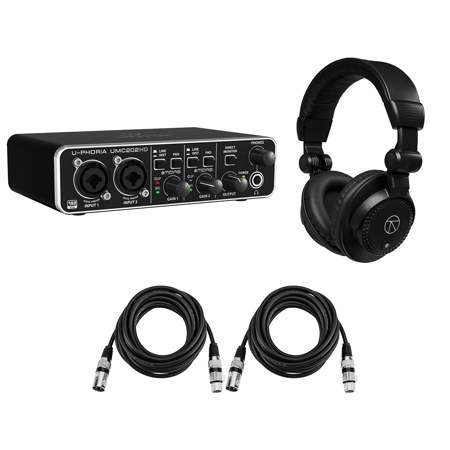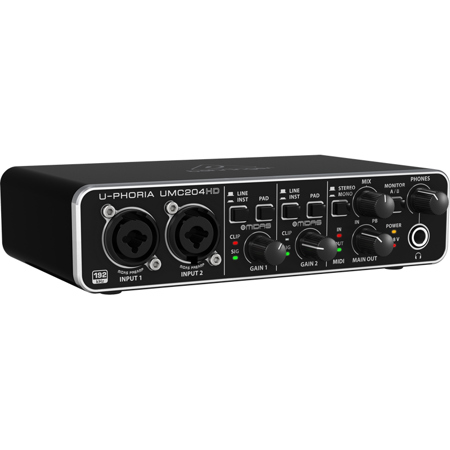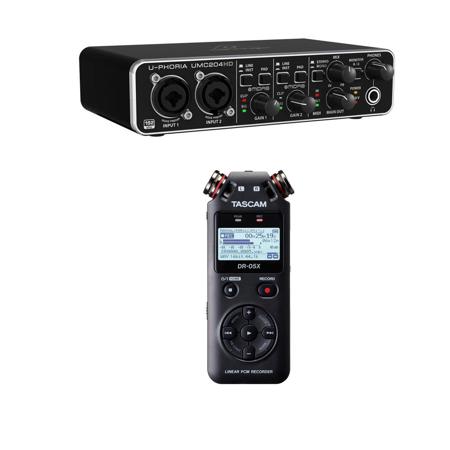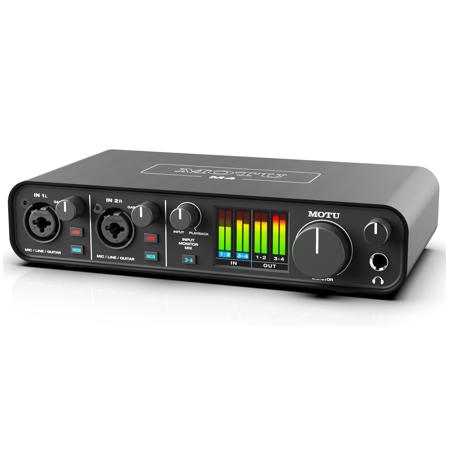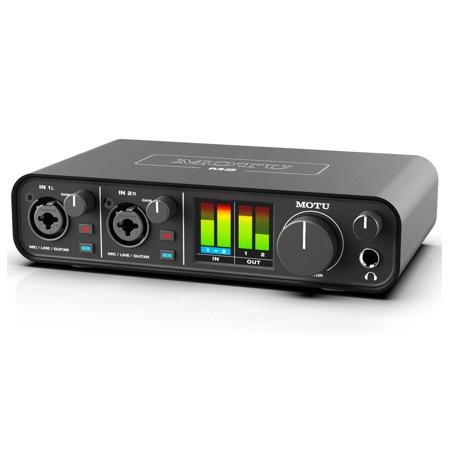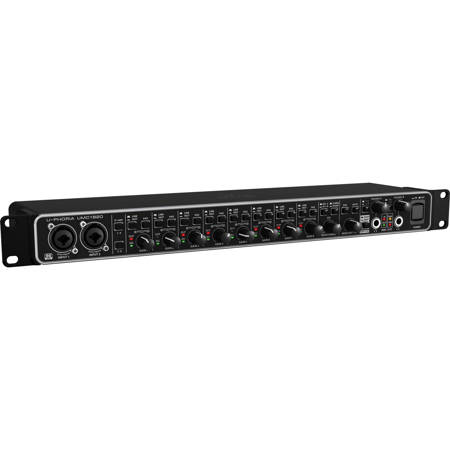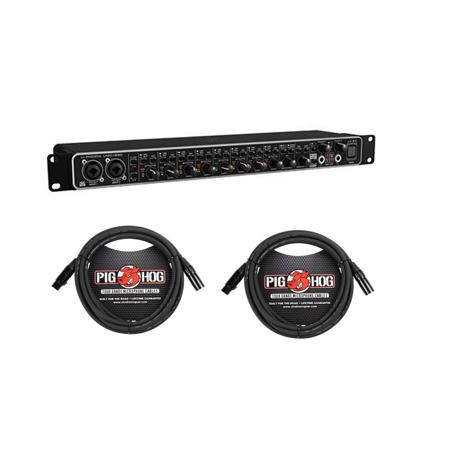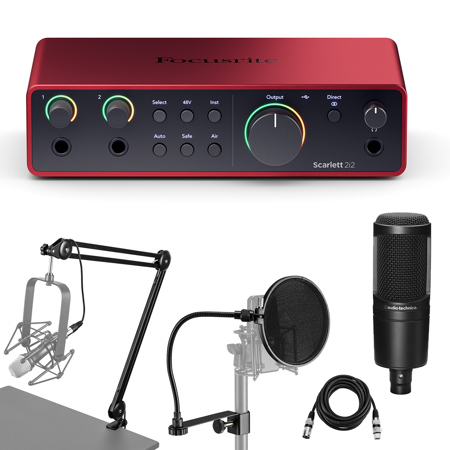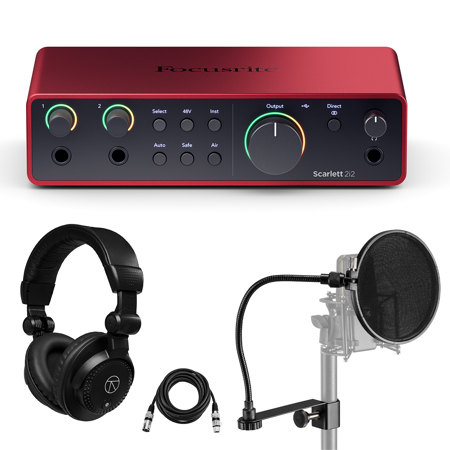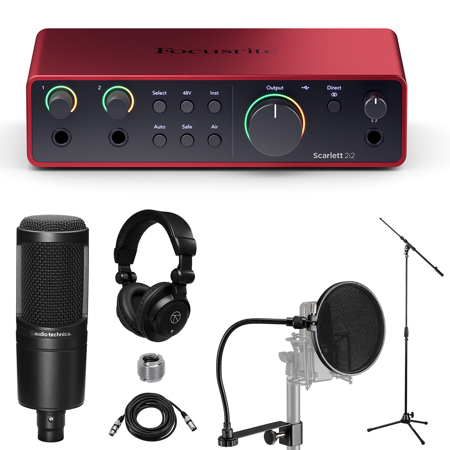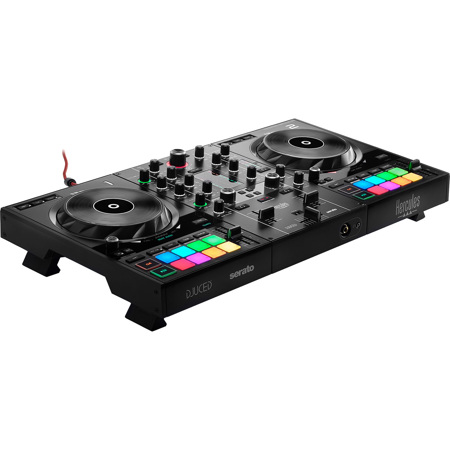Music Interfaces
Whether you’re building a home studio, upgrading your live streaming setup, or shopping for a thoughtful gift for the musician or podcaster in your life, music interfaces are the unsung heroes that transform creative ideas into professional-quality sound. An audio interface acts as the bridge between analog and digital worlds, allowing microphones, instruments, and other audio gear to communicate seamlessly with computers and recording software. This crucial piece of equipment ensures that every nuance of a vocal performance, every subtlety in a guitar riff, and every beat from a drum machine is captured with pristine clarity. As autumn gives way to the holiday season, many artists find themselves inspired to record new music, collaborate remotely, or simply enjoy the process of making music at home. For beginners, hobbyists, and seasoned professionals alike, a reliable music interface can make all the difference in achieving studio-grade results, whether you’re tracking vocals for a winter album, producing podcasts, or live streaming performances to friends and fans.
When considering which music interface to choose, it’s important to think about how you plan to use it and what features matter most for your workflow. If you’re primarily recording solo vocals or instruments, a compact interface with one or two high-quality microphone preamps may be all you need, offering portability and simplicity without sacrificing sound quality. For those collaborating with other musicians, interfaces with multiple inputs and outputs provide the flexibility to capture several sources at once—ideal for band rehearsals, ensemble recordings, or podcast interviews. Many modern interfaces connect via USB or Thunderbolt, ensuring fast data transfer and low-latency monitoring, which is essential for tracking in real time without distracting delays. Features like direct monitoring, headphone outputs, and dedicated gain controls help streamline the recording process, making it easy to dial in the perfect levels and hear exactly what’s being captured. If you’re a guitarist or bassist, you might also explore specialized Guitar Interfaces designed to get the most out of your instrument’s tone, whether you’re laying down tracks in a DAW or experimenting with amp modeling software.
Gifting a music interface is a meaningful way to support someone’s creative journey, especially as the colder months encourage more time spent indoors honing skills and exploring new sounds. For aspiring producers, podcasters, and content creators, a well-chosen interface opens up a world of possibilities, from multi-track recording and virtual instrument integration to professional mixing and mastering. Audio interfaces are also a popular choice for educators and students, providing a hands-on introduction to digital music production and audio engineering. When selecting the right interface, consider factors such as the number and type of inputs and outputs, the quality of the built-in preamps and converters, compatibility with your preferred recording software, and the overall build quality. Seasoned professionals may look for advanced features like MIDI connectivity, ADAT expansion, or onboard DSP for real-time effects processing, while beginners can benefit from intuitive controls and bundled software packages that make it easy to start creating right out of the box. No matter your experience level or musical ambitions, a dependable music interface is a foundational tool that helps bring your sound to life, capturing every detail with accuracy and warmth as you create, perform, and share your music with the world.



